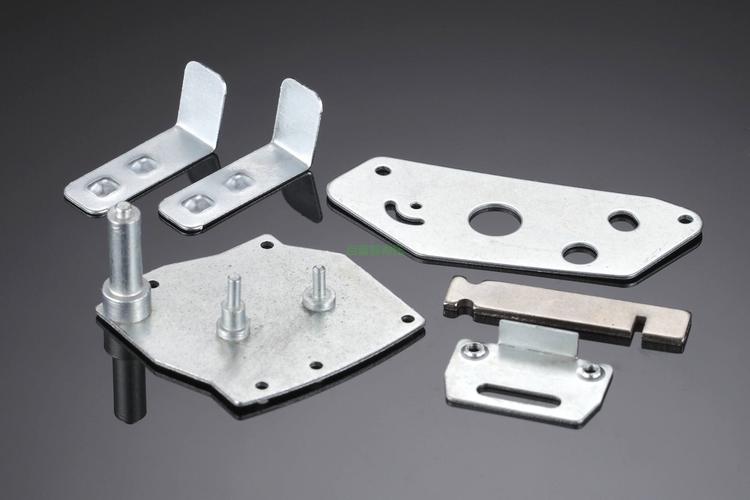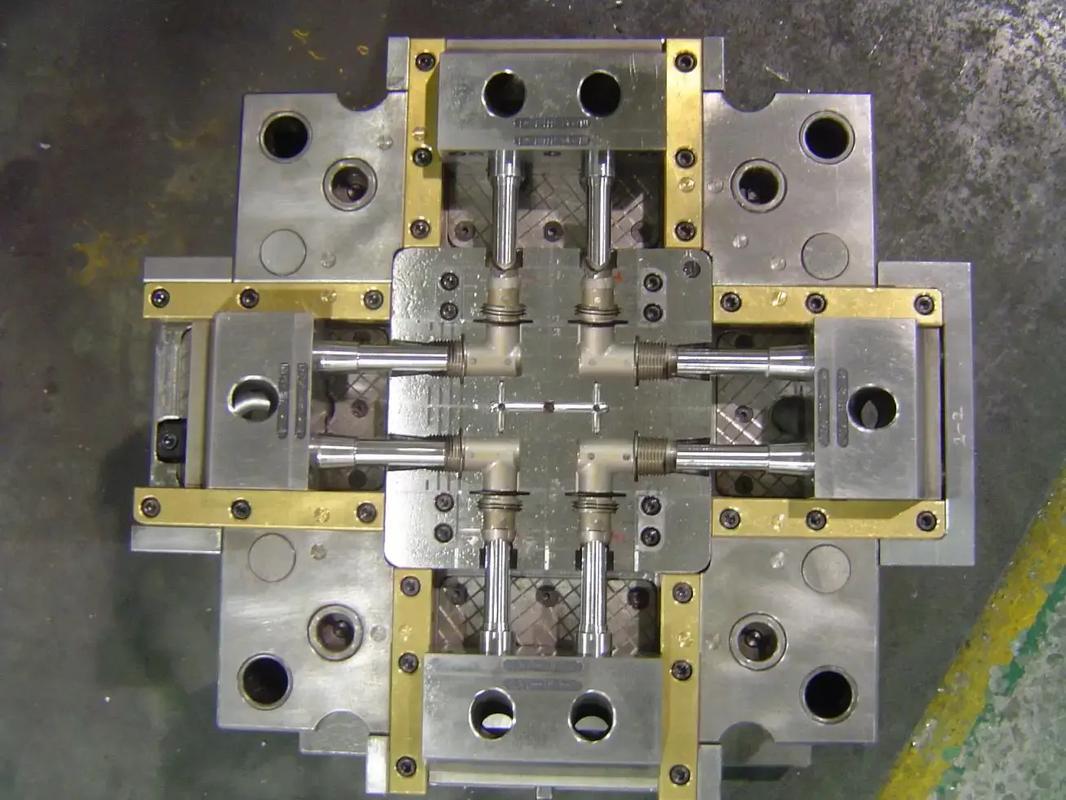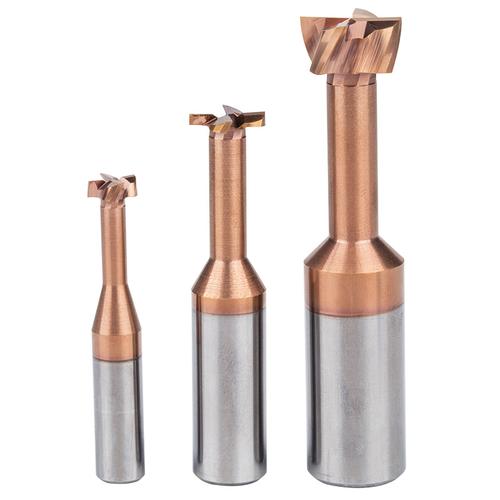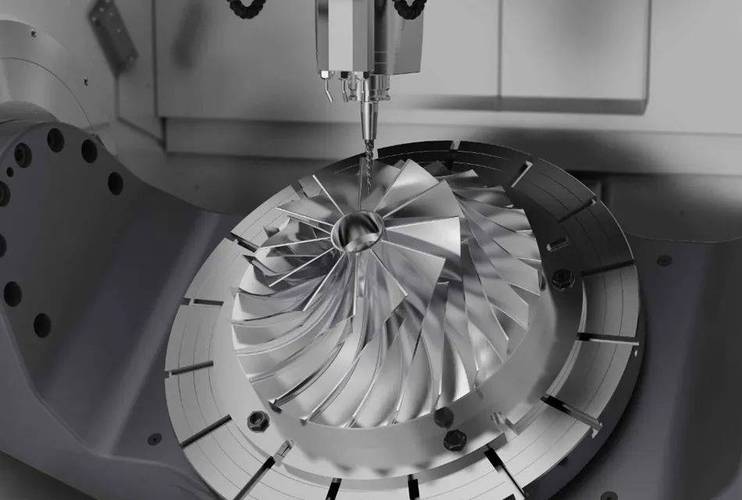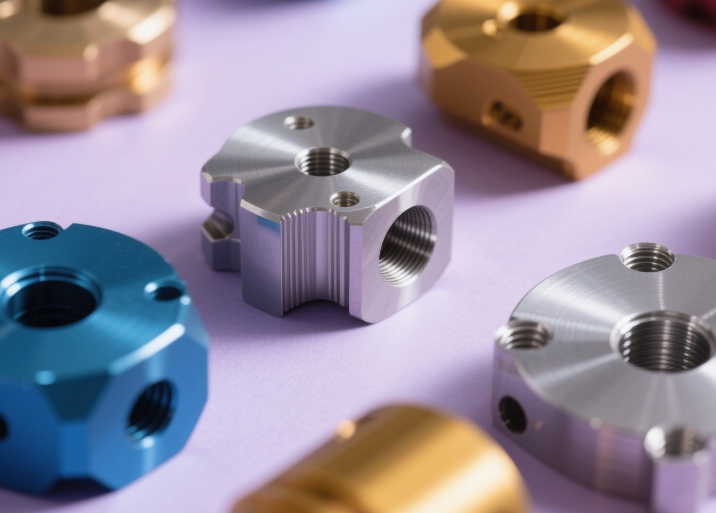Answer
The core difference between etching and stamping lies in forming principles: Etching uses chemical solutions to corrode metal (no mechanical force), suitable for thin materials (≤0.3mm) and complex hollow patterns; stamping relies on dies and presses for physical plastic deformation, ideal for thick materials (0.1–10mm) and mass-produced structural parts. The former offers high precision but lower strength, while the latter features high efficiency but high die costs.
Extended Response (Six Key Dimensions)
1. Forming Principles & Process Characteristics
- Etching:
- Uses chemical reactions (e.g., ferric chloride, nitric acid) to dissolve metal, protected by photoresist in non-corrosive areas, achieving “subtractive machining”.
- No residual mechanical stress, suitable for heat-sensitive materials (e.g., beryllium bronze) and ultra-thin parts (0.05mm foils), though slight undercutting (≤0.02mm) may occur at edges.
- Stamping:
- Forms metal via plastic deformation through punch-die extrusion, belonging to “additive/plastic deformation machining” that overcomes material yield strength.
- Induces work hardening (e.g., stainless steel hardness increases after stamping), requiring annealing for thick plates to relieve stress.
2. Material Suitability & Thickness Range
| Comparison | Etching | Stamping |
|---|---|---|
| Common Materials | Copper/aluminum/stainless steel foils, titanium sheets | Carbon steel, aluminum alloys, galvanized plates |
| Thickness Range | 0.03–0.3mm (extreme 0.01mm) | 0.1–10mm (hydraulic presses up to 20mm) |
| Special Limitations | Slow corrosion on high-hardness materials (e.g., tungsten steel) | Brittle materials (e.g., cast iron) prone to cracking |
3. Precision & Surface Quality
- Etching:
- Achieves dimensional accuracy of ±0.01mm (e.g., precision circuit board lead frames), surface roughness Ra≤0.8μm, burr-free.
- Ideal for mesh structures (e.g., speaker grilles with 0.1mm apertures) and microfluidic devices (0.2mm channel widths).
- Stamping:
- General stamping accuracy ±0.1mm, precision stamping (e.g., terminals) up to ±0.03mm, but edges have burrs (needing secondary deburring).
- Surfaces may show scratches (die wear) or galling (insufficient lubrication), requiring post-polishing.
4. Dies & Cost Differences
- Etching:
- No rigid dies needed, only photomask plates (cost ~$500–2,000), suitable for low-volume trials (50–5,000 pieces).
- High material utilization (≥90%) in mass production, but chemical waste treatment accounts for 15%–20% of costs.
- Stamping:
- Steel punch-die sets (cost $10,000–500,000), selected by batch size:
- Simple dies (zinc alloy): For <5,000 pieces;
- Carbide dies: For >100,000 pieces, lasting 500,000+ cycles.
- Steel punch-die sets (cost $10,000–500,000), selected by batch size:
5. Production Efficiency & Applications
- Etching:
- 30–60 minutes per batch (corrosion + cleaning), ideal for multi-variety small batches, e.g.:
- Watch dial scales, mobile phone antenna shields (complex shapes);
- Medical device filters (0.05mm apertures).
- 30–60 minutes per batch (corrosion + cleaning), ideal for multi-variety small batches, e.g.:
- Stamping:
- High-speed presses reach 1,000 strokes/min (e.g., continuous terminal stamping), suitable for mass-produced structures, e.g.:
- Automotive fuel tank parts (1M units/year);
- Home appliance casings (galvanized steel drawn in one step).
- High-speed presses reach 1,000 strokes/min (e.g., continuous terminal stamping), suitable for mass-produced structures, e.g.:
6. Environmental & Safety Comparison
- Etching:
- Requires treatment of heavy metal-containing (e.g., copper ion) wastewater, needing a treatment system ($50,000+ investment) compliant with EPA standards.
- Workshop needs ventilation (nitric acid fumes), and operators require anti-corrosion gloves.
- Stamping:
- Main pollution is stamping oil mist (VOCs), requiring an oil mist collector (efficiency ≥95%), noise ≤85dB (soundproofing needed).
- Safety priorities: Photoelectric protection (prevents finger entry), emergency stops with <0.1s response.
7. Typical Process Cases
- Etching Examples:
- Mobile phone camera light shields (0.1mm stainless steel, 0.3mm hollow holes, 100 pieces/batch);
- Micro-electronic sensor films (nickel alloy, 0.05mm thickness, 0.03mm pattern linewidth).
- Stamping Examples:
- Laptop casings (0.8mm aluminum alloy, drawn in one step, 5,000 pieces/day);
- New energy vehicle battery covers (2mm aluminum, requiring 600-ton presses for leak-proof stamping).

